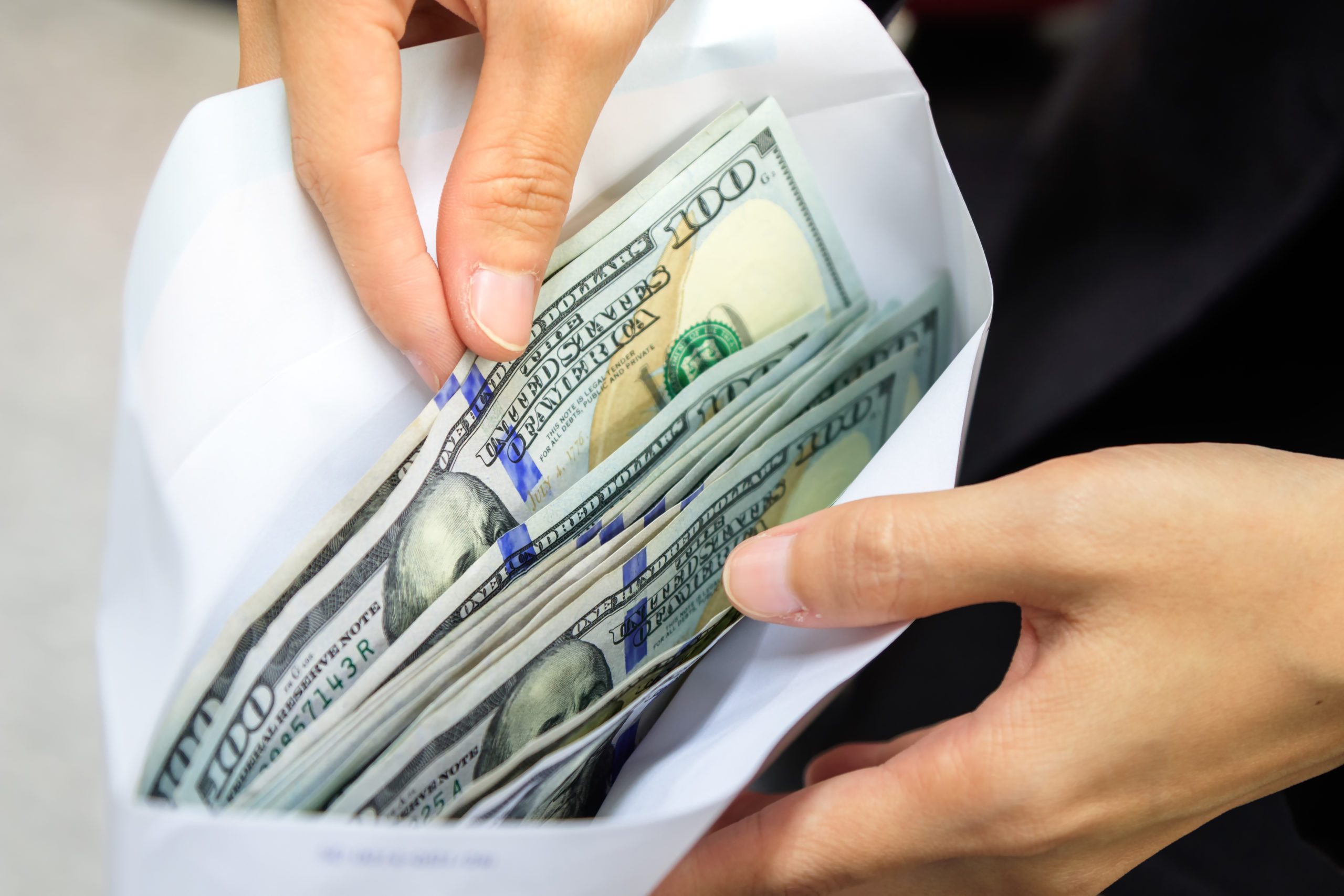It is likely no surprise to learn that as money gets old it must be replaced. There is a reason that you have a crisp $20 note in your wallet every so often. They are constantly being replaced. The US treasury replaces notes every three to fifteen years depending on how badly worn they are. It is an expensive process but one that is needed because if these notes go unreplaced they will stop working in machines, stop being accepted by certain retailers and cause the economy to slow down. As currency breaks down and becomes useless the notes are often thrown away. If the government didn’t step in this would result in a reduction in supply of currency in the economy and cause deflation to occur. However experts are now looking at ways to prolong the longevity of money as they feel it could save billions in the long run.
Depending on the value of a note the life expectancy varies dramatically. A $1 bill for example is used so often that it needs to be replaced quicker than other notes. It will pass between people around 55 times in a single year and has an expected lifespan of 6 years. The $50 bill needs to be replaced every 8.5 years while the $100 bill is used so seldomly that it is replaced every 15 years. The reason is quite simply wear and tear.
When a new dollar note is printed it is strong and durable. Over time the quality of the bill reduces and it becomes easier to tear. Once it is torn too much it becomes basically worthless. This is a real issue for the US treasury and treasuries around the world as printing money is expensive. Taking account of all bills in circulation, the US treasury would need to print about 150 billion bills to replace them all, that would cost approximately $10 billion dollars. This means that it costs about 6 cents to make each note.
There are many factors that cause the wear and tear of notes. The main ingredient is circulation. The more a note is used the more it wears down. Studies of notes show traces of cocaine, feces, and a lot of bacteria. The most common item found is something called human sebum. This is the oil that the human body produces and it is what turns a dollar note yellow over time. All of these things cause the note to reduce in quality and break.
However, scientists now believe that it may be worthwhile to try and make the notes last longer. They think that if they clean the bills they can extend their lifespan to a point where it saves the economy a lot of money. Bathing the dollars in supercritical carbon dioxide appears to allow the bills to be freed of most of the chemicals including the human sebum. If this can be done at the right time, at the point when the bill is dirty enough that it needs to be cleaned but not so dirty that it has already reduced in quality, then it can have a meaningful impact on the expected lifespan of the note.
In the end it will all come down to how expensive the cleaning process is. If it is incredibly cheap, economies may opt to wash bills regularly to ensure they maintain that ‘as new’ feel. If it is a little expensive then they may opt to do it only when a note really needs to be cleaned. However, if it is an expensive process then it may be an idea that never passes the lab stage.





